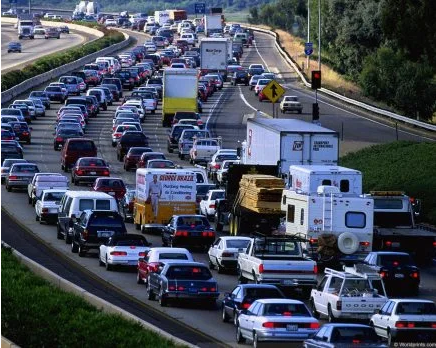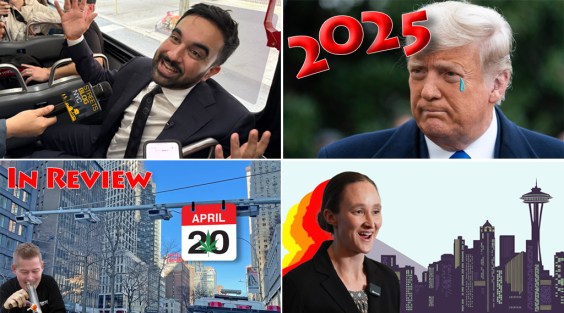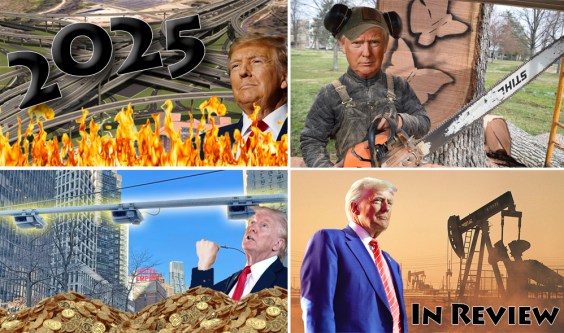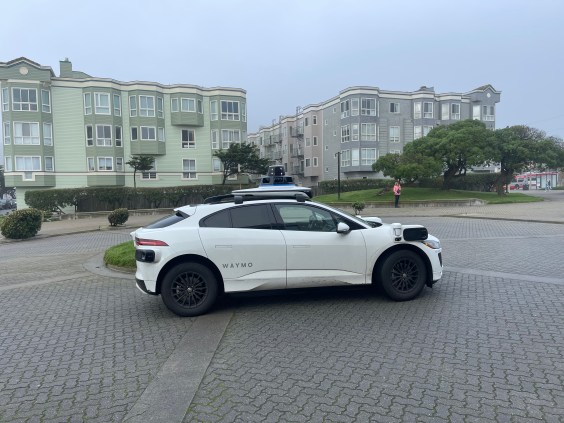The deadline to make dramatic reductions in climate-heating pollutants is closing fast, according to the latest report from the Intergovernmental Panel on Climate Change (IPCC), and cities and transportation agencies will both need to transform themselves dramatically in the next decade to avoid the worst effects of a heating climate.
Earlier this month, the IPCC published the third and final volume of its latest climate assessment report. While volume one synthesized the most recent physical science on climate change, and a dour second volume surveyed the severe impacts and disasters already underway from a heating climate, the third volume focuses on what humanity needs to do to curtail climate pollution and limit warming to 1.5° to 2° C above 20th-century temperatures.
The IPCC offers policymakers a long menu of policy ideas that could help society meet that goal. But progress to date has been so sluggish, and the need to dramatically reduce emissions so urgent, that policymakers will need to adopt most of the report’s recommendations, and on a blisteringly fast timeline, while also forcefully turning away from fossil-fueled industries and energy-inefficient transportation systems.
As the third volume’s executive summary puts it:
“Continuing investments in carbon-intensive activities at scale will heighten the multitude of risks associated with climate change and impede societal and industrial transformation towards low carbon development. Meeting the long–term temperature objective in the Paris Agreement therefore implies a rapid turn to an accelerating decline of greenhouse gas emissions towards ‘net zero’, which is implausible without urgent and ambitious action at all scales.”
Many of the necessary mitigation strategies will involve major changes in the ways we generate electricity, manage forests, and practice agriculture.
But the report also stresses that cities and urbanized regions (which includes most of Massachusetts) will need to play a significant role in eliminating greenhouse gas pollution.
“A range of 5-30 percent of global annual greenhouse gas emissions from end-use sectors are avoidable by 2050… through changes in the built environment, new and repurposed infrastructures and service provision through compact cities, co-location of jobs and housing, more efficient use of floor space and energy in buildings, and reallocation of street space for active mobility,” according to the report’s Summary for Policymakers.
The report argues for increased use of electric vehicles, but the report makes clear that simply replacing gasoline with batteries won’t be enough: cities must also dramatically curtail the use of automobiles and avoid “locking in” future emissions by building more car-dependent infrastructure.
An entire chapter of the new report focuses on cities and urban development, while another chapter focuses on the transportation sector. These two chapters offer numerous marching orders for municipal officials and transportation agencies like MassDOT:
- “There is a growing need for systemic infrastructure changes that enable behavioral modifications and reductions in demand for transport services that can in turn reduce energy demand” (10-4)
- “Cities are especially prone to carbon lock–in because of the multiple interactions of technological, institutional, and behavioral systems, which create inertia and path dependency that are difficult to break. For example, the lock–in of gasoline cars is reinforced by highway and energy infrastructures that are further locked–in by social and cultural preferences for individual mobility options. The dominance of cars and their supporting infrastructures in auto–centric urban forms is further reinforced by zoning and urban development patterns, such as dispersed and low–density housing distantly located from jobs, that create obstacles to create alternative mobility options” (8-54)
- “Cities can reduce their transport–related fuel consumption by around 25 percent through combinations of more compact land use and the provision of less car–dependent transport infrastructure. Appropriate infrastructure, including protected pedestrian and bike pathways, can also support much greater localized active travel” (10-4).
- “Infrastructure investments influence the structural dependence on cars, which in turn influence the lock–in or path dependency of transport options with their greenhouse emissions. The 21st century saw a new trend to reach peak car use in some countries as a result of a revival in walking and transit use… there is a need for increased investments in urban form strategies that can continue to reduce car–dependency around the world” (10-15)
- “How new cities and towns are designed, constructed, managed, and powered will lock–in behavior, lifestyles, and future urban greenhouse gas emissions” (8-4)
- “Integrated spatial planning to achieve compact and resource–efficient urban growth through co-location of higher residential and job densities, mixed land use, and transit–oriented development could reduce greenhouse gas emissions between 23–26 percent by 2050 compared to the business–as–usual scenario (robust evidence, high agreement, very high confidence)” (8-6)






